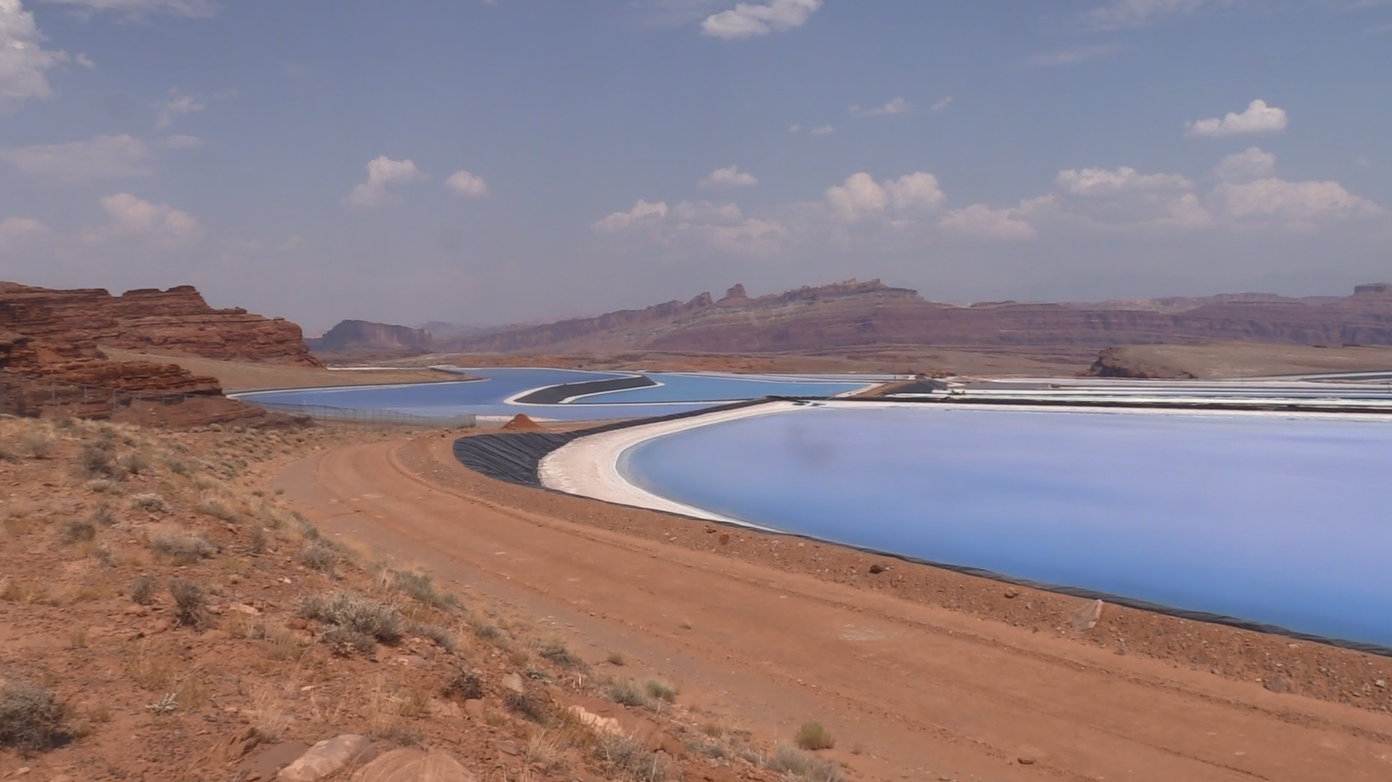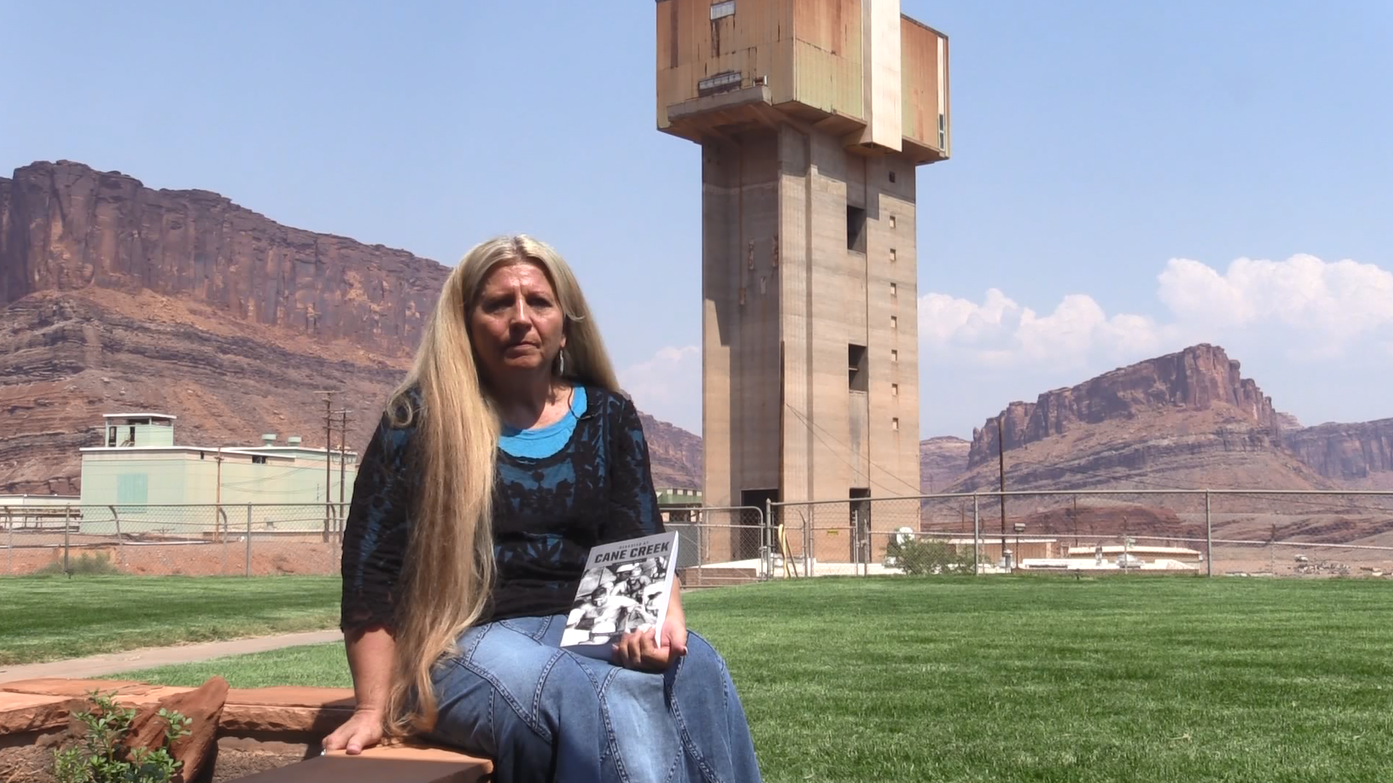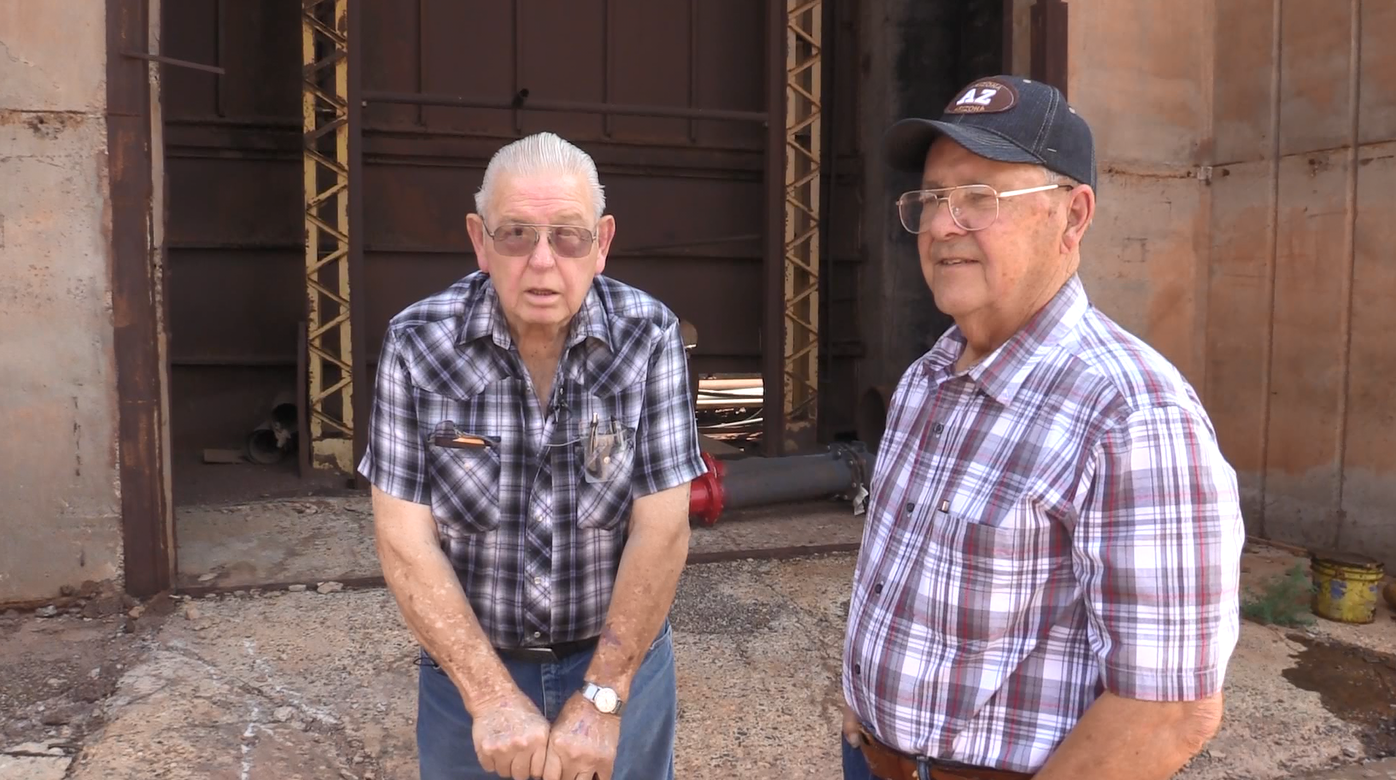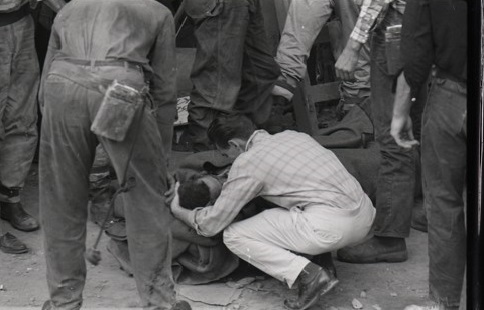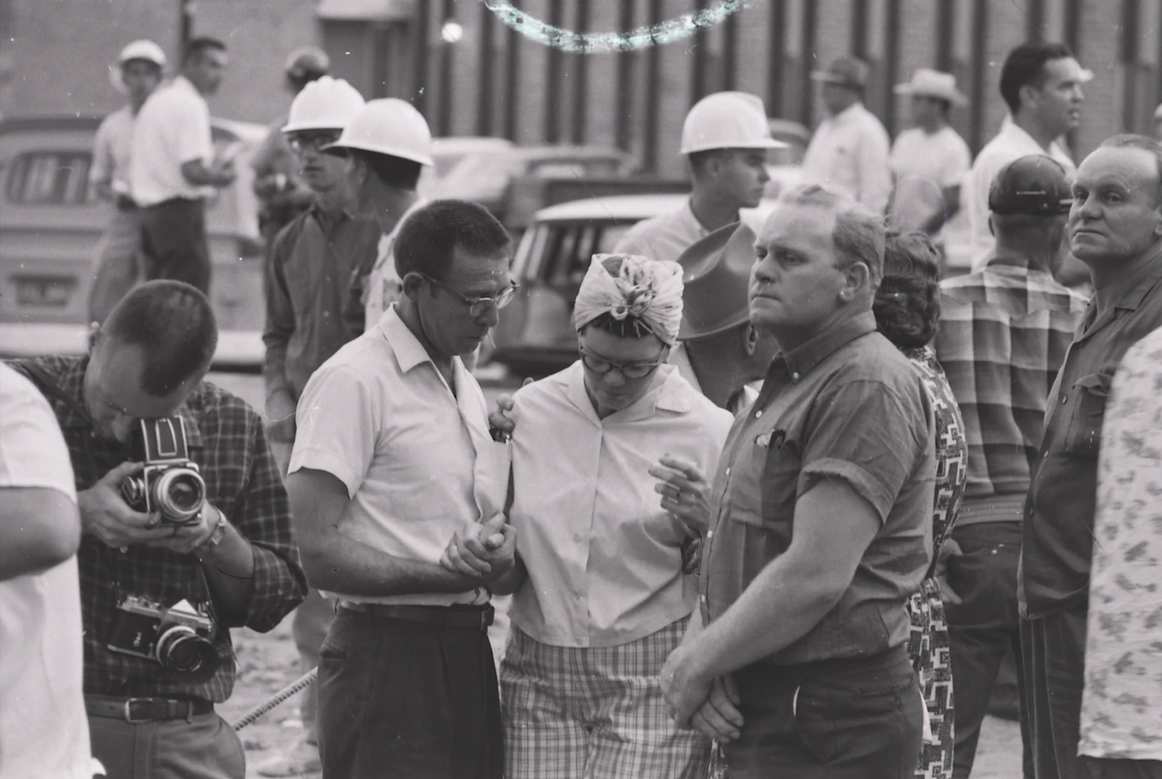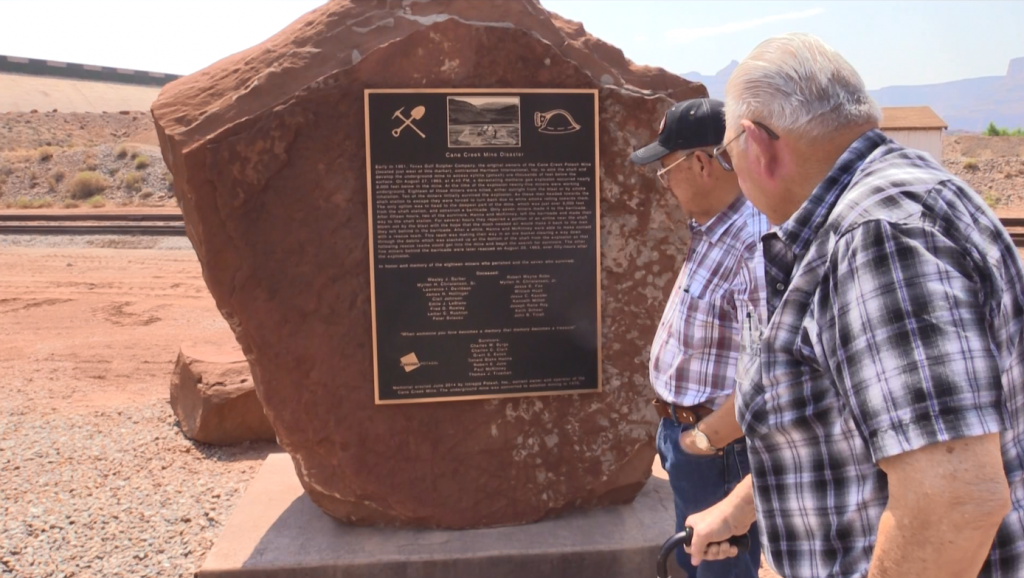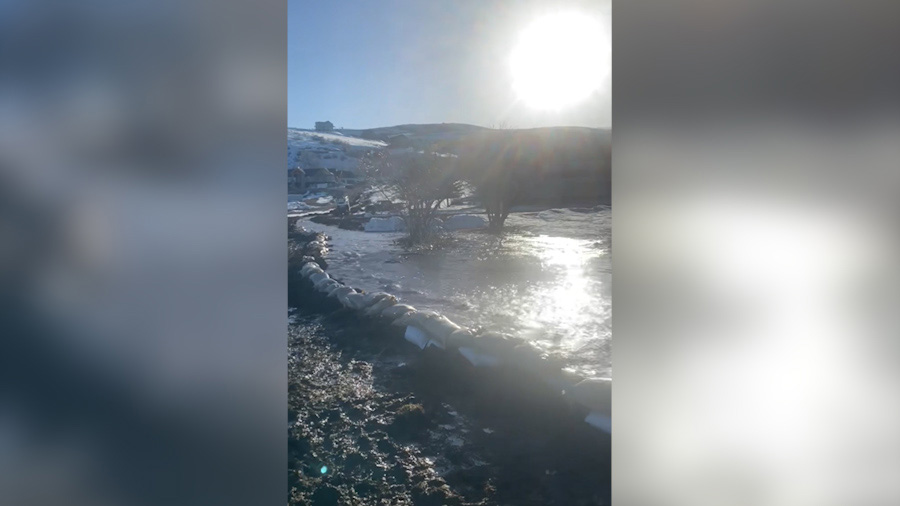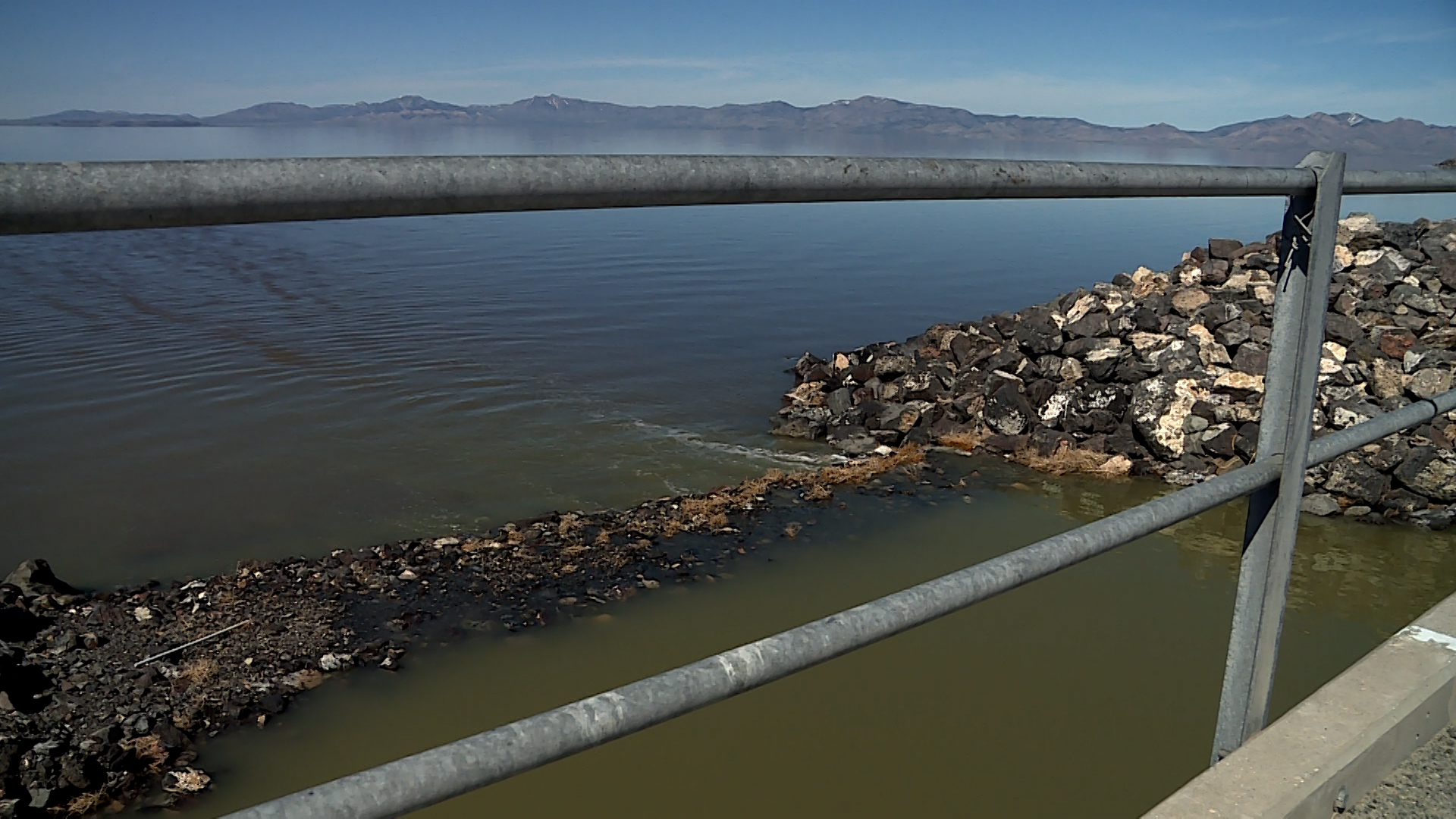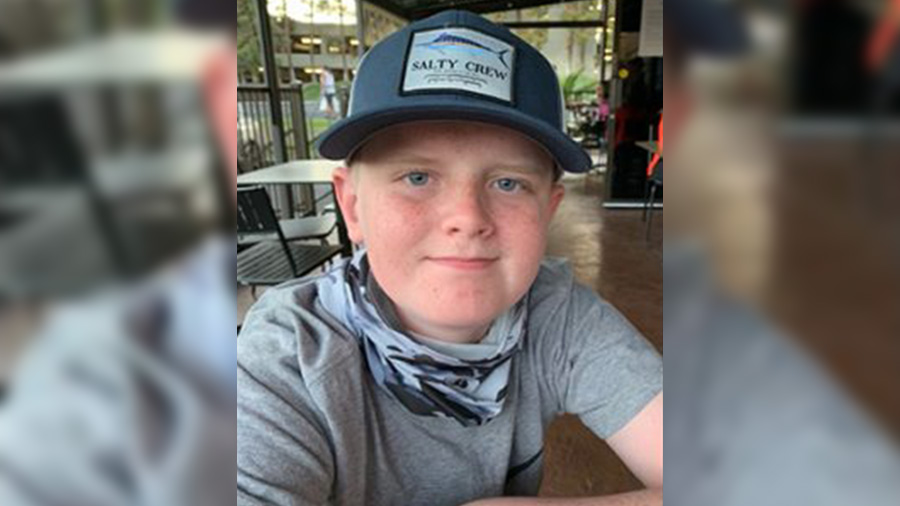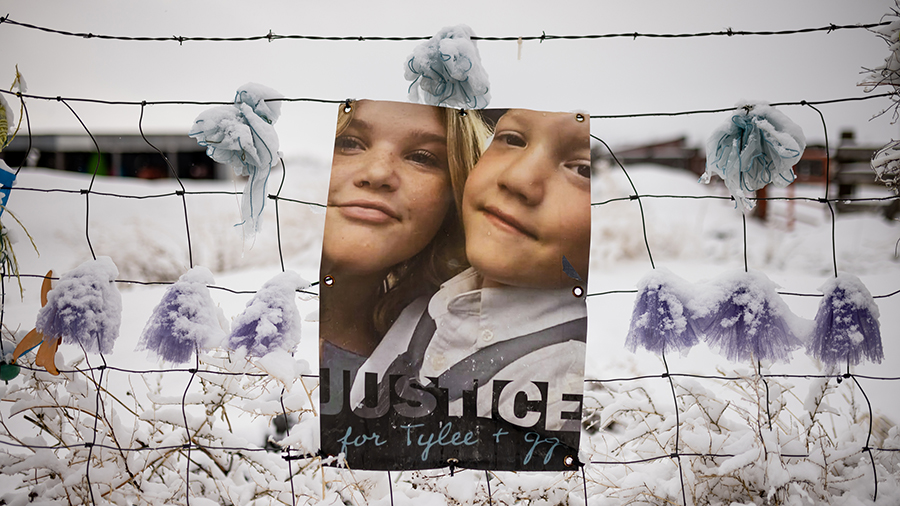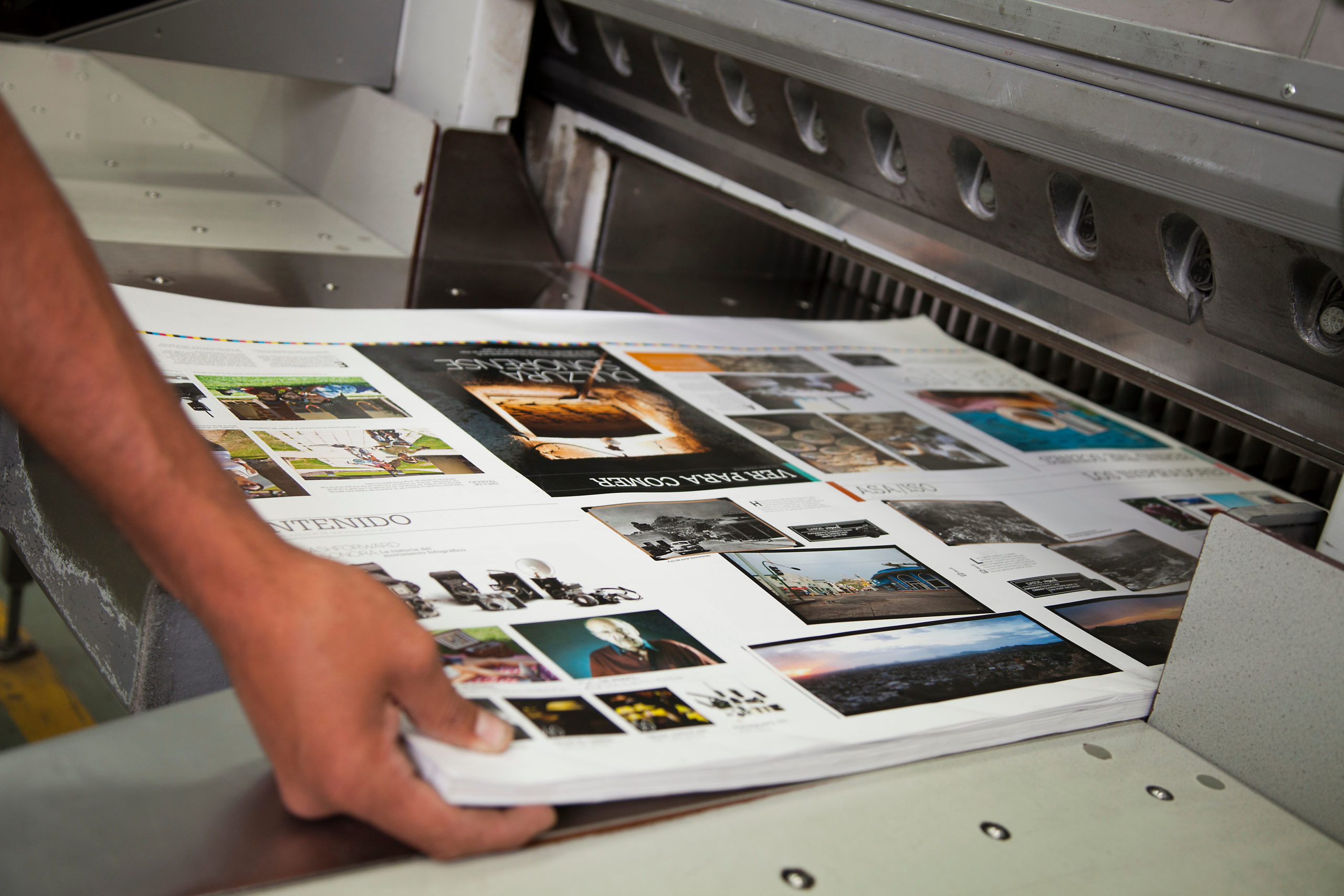Waiting, Sweating, Hoping For Rescue: Recalling 1963 Utah Mine Disaster
Aug 21, 2018, 6:30 PM | Updated: Feb 14, 2023, 4:08 pm
MOAB, Utah — They waited and waited — in the dark a half-mile underground, in blistering heat — for someone to rescue them.
“We knew people was working,” Paul McKinney recalled. “I mean, just automatically, you knew people was working to get down there to us.”
The retired miner remembers seemingly every detail of the most intense and certainly the darkest chapter of his career. In 1963 an explosion trapped him deep inside a potash mine near Moab and he waited 19 hours for mine rescue teams to reach him.
And McKinney was one of the luckiest members of his mining crew; he was one of the first two men to be rescued. Eighteen miners died and seven miraculously survived — by sheer luck — or by using their wits.
“When we hit surface that day, well, I can’t explain exactly how I felt,” McKinney said. “But I was damn glad to get to the surface.”
It’s a Utah disaster that’s now almost forgotten, but memorial events Sunday and Monday will honor those who lived and those who died in one of Utah’s most scenic places.
A patch of blue
Most Utahns who are aware of the Intrepid Potash operation on the banks of the Colorado River probably saw it first from Dead Horse Point State Park.
In the vast ocean of red rock that tourists see from the park’s spectacular overlook, there is one very striking patch of blue. Less than four miles away — as the crow flies — are 400 acres of solar evaporation ponds that produce potash.
“Some people see them and think that they are an eyesore, kind of a scar on the landscape,” said Kymberly Mele in an interview near the mine opening. “There’s kind of a metaphor there. They’re a scar of what happened here.”
Mele recently published a book about the 1963 tragedy called “Disaster at Cane Creek.” Her father, Donald Blake Hanna, was rescued along with McKinney the morning after the explosion while five other miners remained trapped. She spent most of 20 years researching her 600-page book, drawing much of the detail from the memories of survivors.
Although he died just before the book came out, Mele feels lucky her father lived more than a half-century after the disaster.
“There’s those (other) families, many of them didn’t have their fathers return to them,” Mele said, “And they lived with that the rest of their lives.”
Today, a massive head-frame still stands several stories tall over the mine-opening. In the 1960s it was used to lower miners into the ground and bring them back out at the end of their shift. The head-frame is no longer in use.
“Well the head-frame is a metaphor for a headstone,” Mele said. “It’s very appropriate because of where 18 men lost their lives.”
‘Big explosion’
It happened at 4:40 pm on Aug. 27, 1963.
The potash mine was almost brand new; digging had commenced two years earlier. Miners had been digging their way through waste rock and, ironically, tragedy struck on the very day they reached a rich seam of valuable potash.
Technically known as potassium chloride, potash is a salty remnant of ancient seas. It has many uses in industrial processes and is a crucial ingredient in commercial fertilizers.
McKinney, along with fellow survivor Charles Clark, recently returned to the potash plant to remember — and talk about what happened that day — deep below ground in a horizontal tunnel known as a “drift.”
“Big explosion,” McKinney remembered, “and then the force that come down that drift! I thought my head was going to bust.”
McKinney was just 22 years old. Clark was 27.
“We didn’t have communications,” Clarke remembered. “We didn’t know if the shaft had caved in or what had happened.”
As toxic smoke and carbon monoxide filled the mine, it forced seven men to barricade themselves in one section of the mine. They hung up improvised curtains made from rubberized bags that were part of the mine’s ventilation system.
“Outside the curtains there was a lot of smoke and gas,” Clark said. “You couldn’t hardly breathe out there. So we put those up there to try to trap the breathable air inside the barricades.”
“We was hanging that (curtain) to stop that rolling smoke,” McKinney said. “It was just rolling down that drift. The first one we hung, you couldn’t get it tight. But you’d be surprised; it stopped a lot of that rolling smoke.”
That strategy saved seven lives, according to Mele.
“For them to run ahead of the smoke, and get past it, and then be able to build barricades, plus they built three curtains,” Mele said. “I thought that was pretty ingenious to do three where they had an air-lock.”
A light
Above ground, families waited in agony as the hours ticked by. Mine rescue teams went to work not knowing if 25 miners were alive or dead.
“They presume that there’s somebody alive until they know otherwise,” Mele said. “That’s just part of mine rescue.”
For those trapped below, the hours dragged on. It was almost intolerably hot.
“138 degrees!” McKinney said, recalling an actual measurement made by one of the trapped miners.
“It was pretty warm,” Clark agreed. “We were sitting around there on that rubberized bag, you know, and you’d have to get up once in a while and flip the sweat off of it.”
A big worry was the water supply.
“We got caught there with like maybe seven gallons of fresh water,” McKinney recalled. “We rationed that out until about 10 o’clock. And after that we just started draining the (mine’s) water line which is just rusty water. Black. I thought we was all gonna die from that.”
A few hours after the blast, McKinney and Hanna ventured out of the barricade to repair a ventilation line. Eventually they made contact with rescuers who brought them to the surface 19 hours after the blast. That left five men including Clark, still trapped, drenched in sweat.
“I hadn’t lost hope yet,” Clark said. “But it was just, you know, you have the thoughts, ‘If I don’t get out of here, what’s going to happen to my family?'”
At the surface, as the drama unfolded and stretched out more than two agonizing days, the rescue effort attracted worldwide attention and drew celebrity journalists.
“Walter Cronkite was at our house,” Mele said, “as well as other reporters.”
Before their rescue, McKinney and Hanna saw several miners who had been killed. After they made it out, they urged rescuers to continue their efforts because they knew five men were still alive. Fifty hours after the explosion, the rescue teams were still working their way through the smoke-filled passageways.
“Once in awhile I would think, ‘Well, I think I see a light up there.’ But then it wasn’t.” Clark recalled. “But then, when it really happened it was pretty exciting.”
More than two full days after the blast, rescuers reached the five men and brought them to the surface.
The 18 who died are now honored by a memorial created near the mine, about a dozen miles down the Colorado River from Moab.
Clark knows he was lucky to survive and he often thinks of the families who lost loved ones in the disaster.
“It’s been a long time now,” Clark said. “I’m sure the hurt has faded quite a bit. But still, it’s a sad thing to see bad things happening to your loved ones like that. But I was just fortunate that I made it out.”
The explosion was evidently caused by methane gas that occurs naturally underground; the source of the spark that set it off has never been determined.
No one goes underground any more; a few years after the disaster the company owners abandoned traditional mining in favor of so-called “solution mining.” Instead of sending men underground, they pump water into the mine to dissolve the potash. Later they pump it back out and evaporate the water in the ponds to recover the potash.
Mele hopes the tragedy of 1963 will teach a continuing lesson about the need for safety in the workplace.
“Hopefully those men,” she said, “don’t die in vain and people can learn from them.”
On Sunday, Aug. 26 at 4 pm, a gathering is planned at the potash plant memorial. On Monday evening — the 55th anniversary of the disaster — a memorial program is planned at the Grand Center in Moab.

